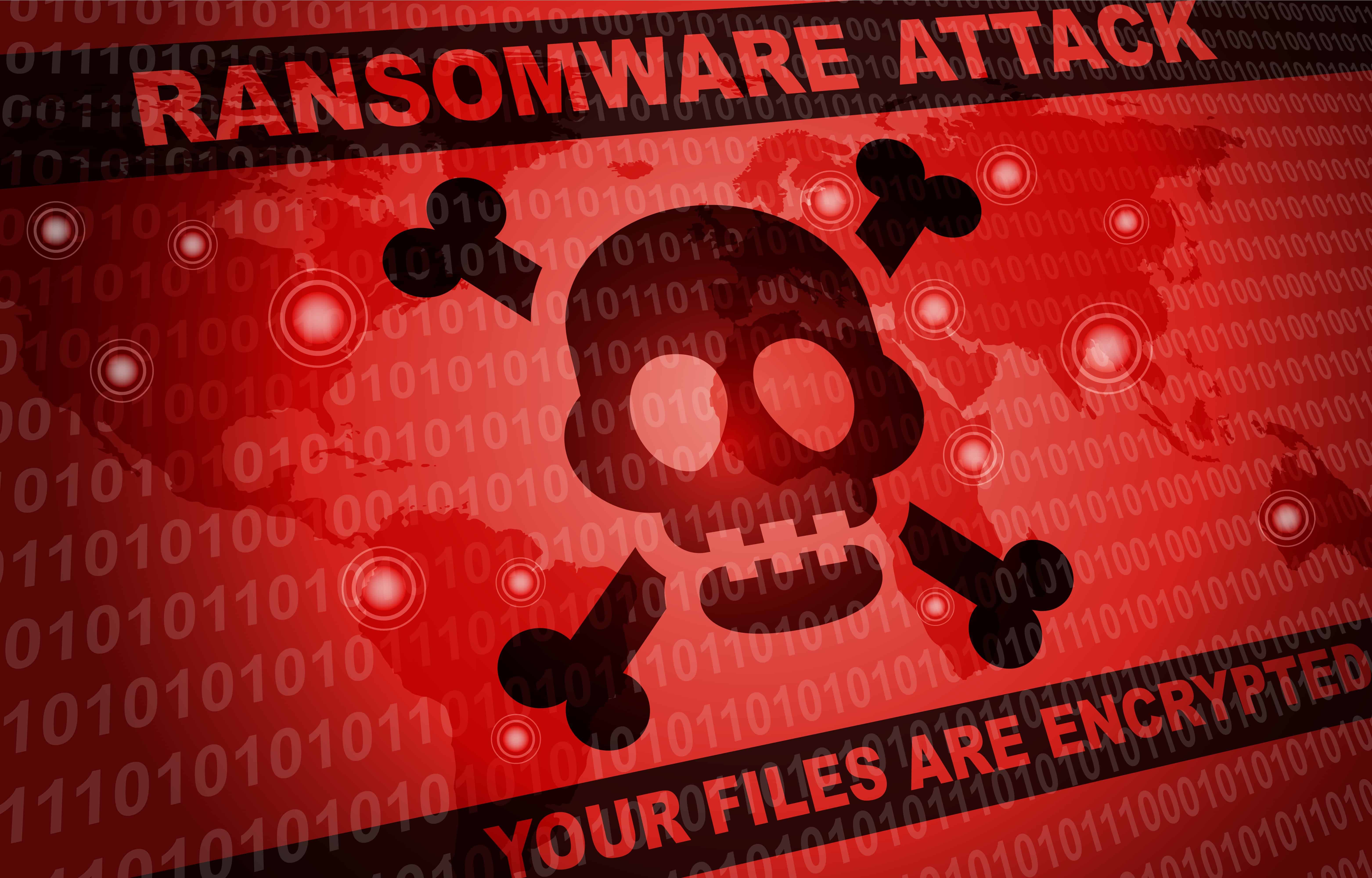2018 Verizon Data Breach Report: Ransomware Most Common Malware

2018 Verizon Data Breach Report Finds That Ransomware Attacks Doubled Last Year
While cryptominers are on the rise, ransomware was the most prevalent form of malware in 2017, according to the 2018 Verizon Data Breach Report, released last week. Ransomware made its first appearance in Verizon’s 2013 report, and this is the second year in a row in which ransomware incidents doubled.

The 2018 Verizon Data Breach Report, which analyzed over 53,000 security incidents and more than 2,200 breaches, explained that the enduring popularity of ransomware makes sense from a cyber criminal’s perspective:
- Ransomware attacks are inexpensive to launch and pose very little risk to attackers.
- Attackers get paid right away instead of having to wait to sell stolen data.
- Ransomware is flexible; it can be used against both individuals and organizations.
- When used against organizations, it can cripple multiple computers at once, thus giving the attackers leverage to demand very large ransoms.
The healthcare industry continues to be plagued by ransomware attacks. While ransomware was responsible for 39% of incidents involving malicious code overall, in the healthcare industry, that figure was 85%. Further, 24% of breaches in the 2018 Verizon Data Breach report involved healthcare organizations, and healthcare was the only industry in which the majority of threat actors were insiders.
It is important to note that while ransomware was the most common type of malicious software, denial of service (DoS) attacks were 27 times more common.
Other notable findings from the 2018 Verizon Data Breach Report include:
- When breaches are successful, the time to compromise is very short, measured in seconds or minutes. Conversely, discovery takes weeks or months; 68% of breaches take months or longer to detect. Breach mitigation takes weeks or months more.
- About three-quarters of cyber attacks are financially motivated. However, in the public sector and the manufacturing industry, the majority of breaches were cyber espionage attacks that sought to steal secrets.
- 58% of victims were categorized as small businesses.
- While nation-state hackers continue to grab headlines, and the threat they pose shouldn’t be ignored, they represented only 12% of all breaches in the Verizon report. Cyber attacks by organized crime groups were far more common; they were responsible for half of all breaches.
- While 78% of people did not click on a single phishing email all year, an average of 4% of people will click – and it only takes one click for a hacker to get into an enterprise system. Further, those same 4% of people tend to be repeat offenders; they’ve never seen a phishing link they didn’t like, and they’ll click again and again.
- Companies are three times more likely to be breached as the result of a social engineering attack than an actual vulnerability.
Lessons from the 2018 Verizon Data Breach Report
When developing proactive cyber security defenses, it is critical to understand the specific threats that organizations in your industry are most likely to face. For example, the healthcare industry is struggling with ransomware; the public sector and the manufacturing industry are most likely to face cyber espionage threats; and accommodation and food services attacks are dominated by POS system breaches.
Cyber security tips that apply to all industries include:
- Stay on top of your systems and users; monitor your network for suspicious behavior.
- Give employees the minimum amount of system access they need to perform their jobs, and no more.
- Ensure that your employees receive comprehensive and ongoing training in best cyber security practices.
- Employ two-factor authentication to prevent hackers from being able to use stolen credentials.
- Always back up your systems and data, and encrypt sensitive data so that it’s useless even if it is stolen.
The cyber security experts at Lazarus Alliance have deep knowledge of the cyber security field, are continually monitoring the latest information security threats, and are committed to protecting organizations of all sizes from security breaches. Our full-service risk assessment services and Continuum GRC RegTech software will help protect your organization from data breaches, ransomware attacks, and other cyber threats.
Lazarus Alliance is proactive cyber security®. Call 1-888-896-7580 to discuss your organization’s cyber security needs and find out how we can help your organization adhere to cyber security regulations, maintain compliance, and secure your systems.



